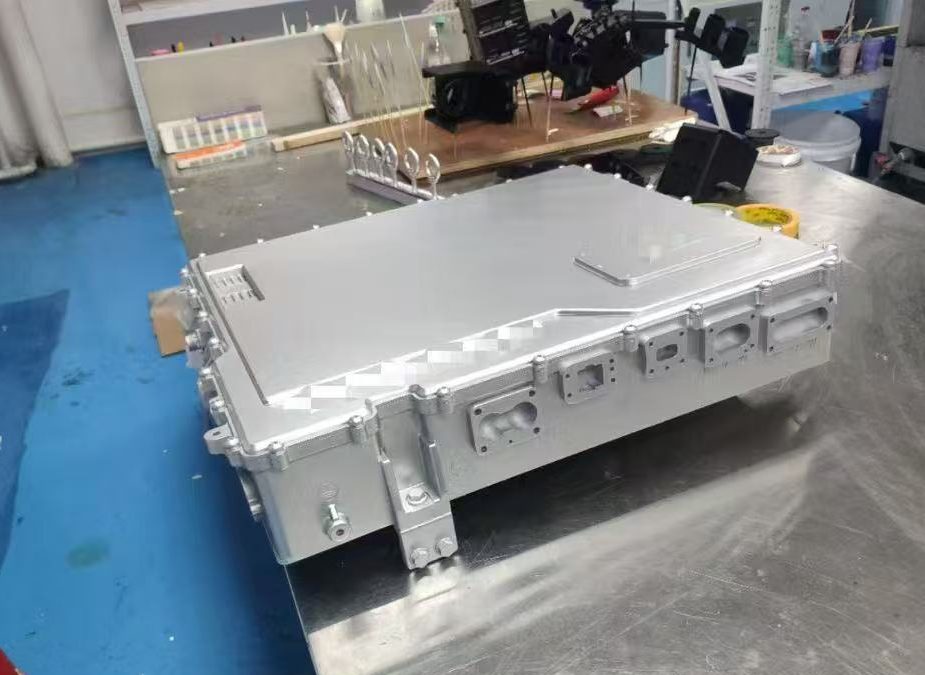Shunlitongda Electronics Technology (Dongguan) Co., Ltd.
 +86 13826913652
+86 13826913652
 slthardware@outlook.com
slthardware@outlook.com
Car navigation frame
1. Introduction
The automotive navigation bezel is a critical component that houses and protects the infotainment display in modern vehicles. It enhances aesthetics, provides structural support, and ensures user-friendly interaction. Below is a detailed production process along with its key applications.
2. Production Process
2.1 Material Selection
Primary Materials:
Plastics: ABS, PC (Polycarbonate), or PC/ABS blends (for durability and lightweight properties).
Metals: Aluminum or magnesium alloy (for premium finishes and rigidity).
Coatings: UV-resistant paint, electroplating, or soft-touch finishes for enhanced aesthetics.
2.2 Manufacturing Steps
Injection Molding (Plastic Bezels)
Granules are melted and injected into precision molds.
High-pressure molding ensures dimensional accuracy.
Cooling and ejection follow molding.
CNC Machining (Metal Bezels)
Aluminum/magnesium blocks are milled into precise shapes.
Surface polishing and deburring ensure smooth edges.
Surface Treatment
Painting/Electroplating: Adds corrosion resistance and premium look.
Laser Engraving: For branding or decorative patterns.
Texturing: Soft-touch or matte finishes for better grip.
Assembly & Integration
Mounting clips/screws are installed.
Integration with touch sensors (if applicable).
Quality checks for fitment and finish.
Final Inspection & Packaging
Dimensional accuracy, scratch resistance, and functionality tests.
Anti-static packaging to prevent transit damage.
3. Key Applications
Protection & Structural Support: Shields the display from dust, vibrations, and impacts.
Aesthetic Enhancement: Complements the car’s interior design with glossy/matte finishes.
User Interaction: Some bezels integrate touch controls or backlit buttons.
Brand Differentiation: Custom designs reflect OEM branding (e.g., luxury vs. sporty styles).
4. Quality Standards
Durability: Resists UV rays, heat (up to 85°C), and chemical exposure (cleaning agents).
Precision: Tight tolerances (±0.1mm) for seamless dashboard integration.
Safety: No sharp edges; compliant with automotive regulations (e.g., ISO/TS 16949).
5. Conclusion
The navigation bezel combines engineering precision and design excellence to enhance both functionality and vehicle aesthetics. Advanced materials and coatings ensure longevity, while flexible manufacturing accommodates diverse automotive styles.
- ← Previous Car Navigation and Navigation Frame
- → Next No more





